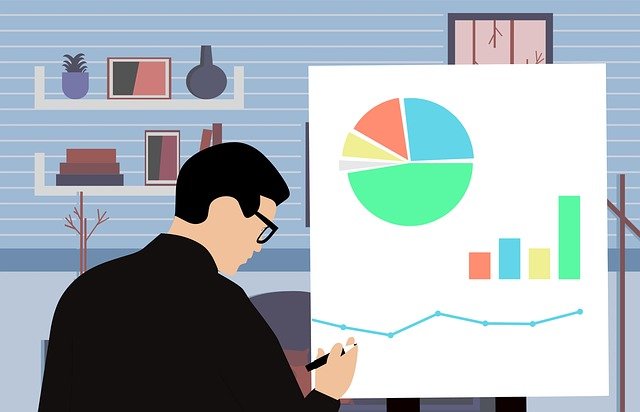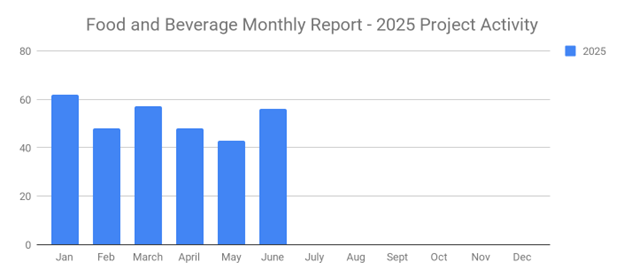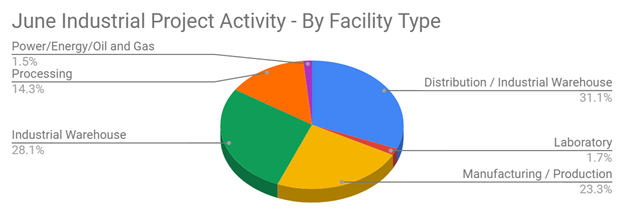
The buyer's journey is an important part of the B2B sales process. Ranging from three months to one year on average, it represents the path buyers take. Most buyers won't spontaneously purchase a product or service. Rather, they plan out their purchase. For a better understanding of the buyer's journey in B2B sales, keep reading.
Overview of the Buyer's Journey
The buyer's journey is the metaphorical path a buyer takes when purchasing a product or service. Research conducted by SiriusDecisions shows that 70% of the buyer's journey is done prior to the initial contact with a sales rep. Whether you communicate with a buyer by phone, email or other methods, his or her journey will probably be mostly completed. Regardless, the buyer's journey is the path he or she takes -- from start to finish -- to convert for your B2B company.
Stages of the Buyer's Journey
There are multiple stages in the buyer's journey. The first stage is awareness. During the awareness stage, the buyer acknowledges that his or her business has a problem. Problems, of course, require a solution. Upon acknowledge of a problem, the buyer will look for a product or service to solve it.
The second stage in the buyer's journey is consideration. During the consideration stage, the buyer begins to consider products or services to solve his or her business's problem. Most buyers will consider multiple products or services. They may consider a product or service sold by your B2B company, as well as a similar product or service sold by your competitors. All of this research occurs during the consideration stage. The buyer will consider multiple products or services, and they'll typically consider them from B2B companies.
The third stage in the buyer's journey decision. As the name suggests, the decision stage involves the buyer making a final decision on which product or service to purchase. After comparing a product or service, as well as running it through upper-management, the buyer will make a decision. The decision stage is ultimately what makes or breaks a sale. The buyer will either decide to purchase your B2B company's product or service, or the buyer will decide to purchase a competitor's product or service.
Keep in mind that the buyer's journey can include other stages. Nonetheless, the three main stages consist of awareness, consideration and decision. Awareness occurs when the buyer acknowledges a problem. Consideration occurs when the buyer begins to consider products or services to purchase. Decision occurs when the buyer makes a final decision regarding a product or service to purchase.
Impact on B2B Sales
How can the buyer's journey impact B2B sales exactly? Because it represents the path a buyer takes, it will undoubtedly affect how many sales your B2B company generates. Failure to nurture buyers through this journey will result in fewer sales and less revenue. For an effective sales strategy that drives success for your B2B company, you need to optimize the buyer's journey.
Understanding the buyer's journey can help you refine your communications with prospects. According to Gartner, only 17% of the buyer's journey involves meeting or communicating with sales reps. As a sales rep, you need to use this time wisely. From the moment you get a buyer on the phone, you should make each minute count. Focus on explaining how your B2B company's product or service can solve the buyer's problem. Buyers, of course, have a problem. That's why they are looking to buy a product or service. To convince the buyer to make a purchase, you need to explain why your B2B company's product or service is the right solution for his or her problem.
The buyer's journey can also affect your B2B company's ability to retain buyers. Buyers are more likely to stay with your B2B company if they have a positive journey. If they have a negative journey, on the other hand, they may still purchase your B2B company's product or service initially, but they may refrain from making subsequent purchases in the future. For a lower churn rate, you need to create a smooth buyer's journey that's enjoyable and easy for buyers to use.
How to Improve the Buyer's Journey
You can improve the buyer's journey in several ways. Publishing helpful content about your B2B company's products or services, for example, can improve the buyer's journey. Most buyers will research products or services during the consideration stage. With helpful content, they can quickly find a solution to their problem in the form of a product or a service sold by your B2B company.
Another way to improve the buyer's journey is to investigate the buyer's problem. Different buyers experience different problems with their respective business. When communicating with a buyer, inquire about his or her problem. You can then use this information to create a compelling sales pitch that increases your chance of generating a sale.
Value-Based Content
SalesLeads produces monthly reports on the number of capital projects for industrial, distribution and supply chain as well as food and beverage. These reports reflect the activity in North America. These reports are used to improve the buyers journey and establish credibility in our work. Look for areas within your company that produces credible information.
What to learn more? Get in Touch
Latest Posts
-

June's New Distribution and Supply Chain Planned Projects Return to March’s 183 Confirmed Figure
-

Food and Beverage Rebounds with 56 New Planned Projects Igniting Growth After Decline
-

June 2025’s New Industrial Construction Projects Grew 7% Month-Over-Month
-

Q2 Industrial Manufacturing Soars 31% for Planned Projects Over $100M; June Planned Industrial Projects Hit 141

